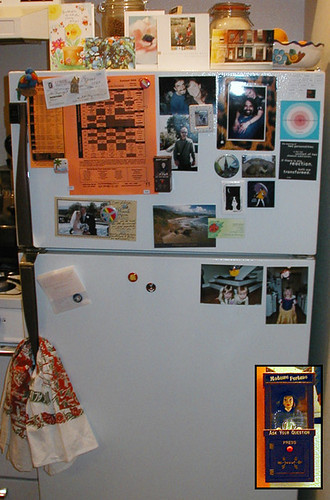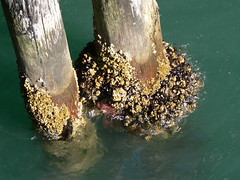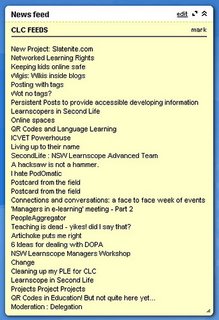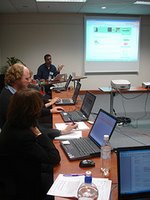Opening up this blog to other contributors
 As mentioned in my last post, one of the reasons the network may not be as vibrant as it could be is the number of posts to this blog.
As mentioned in my last post, one of the reasons the network may not be as vibrant as it could be is the number of posts to this blog.It's time to to try opening up this blog to other contributors.
However, many believe that group blogs don't work, and I must admit I have my misgivings.
I'm concerned that this blog could lose its focus as a primary source of information about the CLC project, and that people will start using it as a substitute for their own personal blog, which would defeat the purpose of this project, in my opinion.
And this project is also about modelling a class blog, where the teacher posts 'official' information, allowing students to leave comments on the class blog, but encouraging them to post their own thoughts and content to their own online spaces.
One strategy for dealing with these concerns would be to come up with a set of contributor's guidelines to unsure that the blog stays on focus.
So what do you think? Should we open the blog up to other contributors? Do we need a set of guidelines?
On the assumption that people will be okay with multiple contributors and a set of guidleines I've made a start on a list on the wiki - CLC Blog Contributor Guidelines.
Please add your thoughts about what should be included in the guidelines on the wiki page's discussion page.
(Photo of fridge door by Marya)




